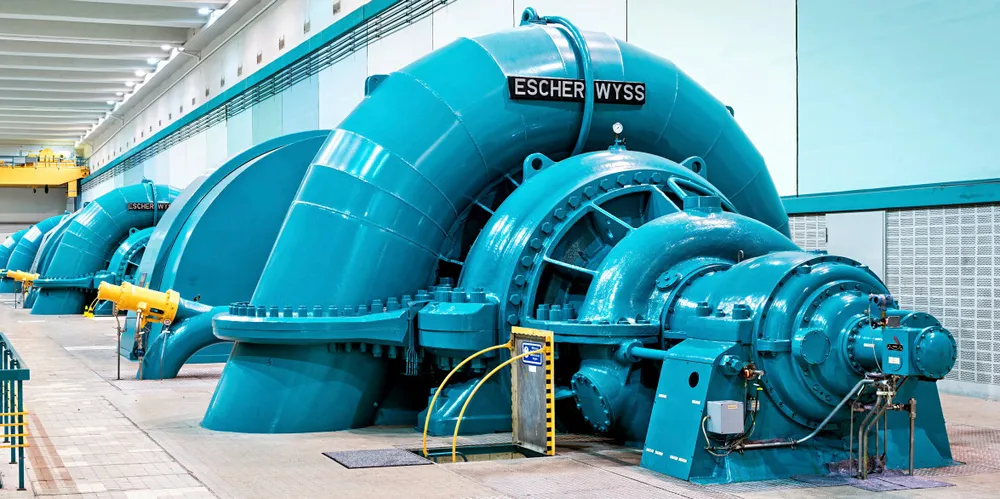Norwegian giant swallows monster Loch Ness water battery to store green power
Statkraft joins calls for UK support mechanism for long duration energy storage projects as it buys 450MW pumped-hydro scheme

Statkraft joins calls for UK support mechanism for long duration energy storage projects as it buys 450MW pumped-hydro scheme
